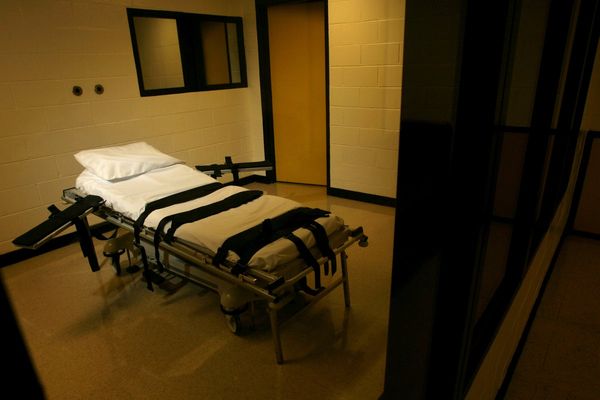The pork-barrel spending of President Donald Trump's One Big Beautiful Bill Act (OBBBA) doesn't just fund terrestrial programs like military spending and immigration enforcement, it also rockets taxpayer money to outer space. Under the bill, which the president signed into law on Friday, NASA will receive nearly $10 billion, $7.4 billion of which will be allocated to finance the agency's Moon to Mars program.
The Moon to Mars program launched in November 2022 to establish humanity's presence "on and around the Moon before embarking on the first human missions to Mars" in the coming decades, according to NASA. To that end, the OBBBA allocates $700 million for the "procurement…of a high-performance Mars telecommunications orbiter," $2.6 billion for the Gateway lunar space station, and $4.1 billion for the Artemis IV and V missions, currently scheduled to launch in 2028 and 2029, respectively.
The prospect of a lunar colony and a Mars expedition may seem intriguing, but the OBBBA's funding for these objectives will likely lead to even more wasteful spending at NASA.
Since its launch in 2017, the Artemis program has completed just one mission: Artemis I, a 25-day unmanned lunar orbital flight in December 2022. Artemis II and III, which will actually carry humans to the moon, are scheduled for April 2026 and mid-2027, respectively. Though it's yet to transport anyone to space, the cost of the Artemis program is expected to reach $93 billion through FY 2025.
In July, the Government Accountability Office (GAO) found that three Artemis projects were responsible for nearly $7 billion in cost overruns since the agency began measuring the cost of NASA's major projects in 2009. This accounts for roughly half of all cost overruns across NASA's 53 current projects, according to the GAO.
The Gateway lunar space station, with a baseline cost estimate of $5.3 billion, is intended to be a "multi-purpose" outpost for moon-based missions, serving as a launch point for further explorations in space. Initially scheduled to launch in 2022, it's now expected to launch its first components in December 2027, according to a 2024 GAO report.
While the federal government has struggled to be efficient in its endeavors into space, the private sector has achieved remarkable success. SpaceX has completed several manned and unmanned missions faster and cheaper than NASA. A 2022 study comparing NASA and SpaceX missions showed that SpaceX's platform strategy is 10 times cheaper and twice as fast as NASA's traditional project approach. The same study found that SpaceX had an average cost overrun of 1.1 percent across its 16 missions. In NASA's 118 missions, the agency's average cost overrun was 90 percent. The success of their partnership landed SpaceX a key role in NASA's Artemis campaign, developing the agency's Starship Human Landing System.
With SpaceX's successes and a flood of private financing into the aeronautical industry—globally, private equity firms invested $8.6 billion in the sector in 2024—it's hard to see why the federal government still plays a leading role in space exploration. Rather than reducing the scope of government in space travel, the OBBBA shovels more taxpayer dollars into an agency that's been surpassed by its competitors in the private sector.
The post NASA Gets a $10 Billion Windfall From the 'Big Beautiful Bill' appeared first on Reason.com.







